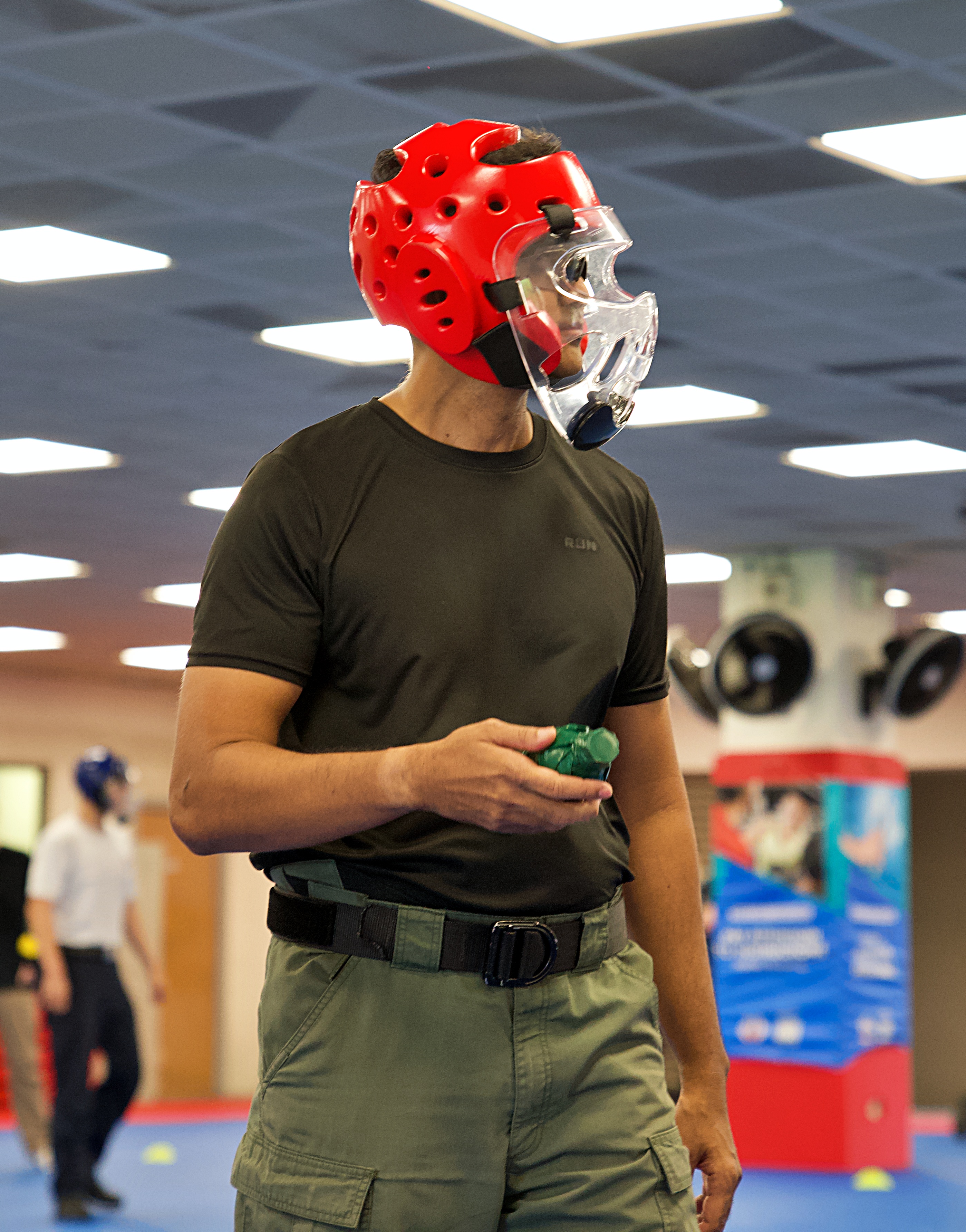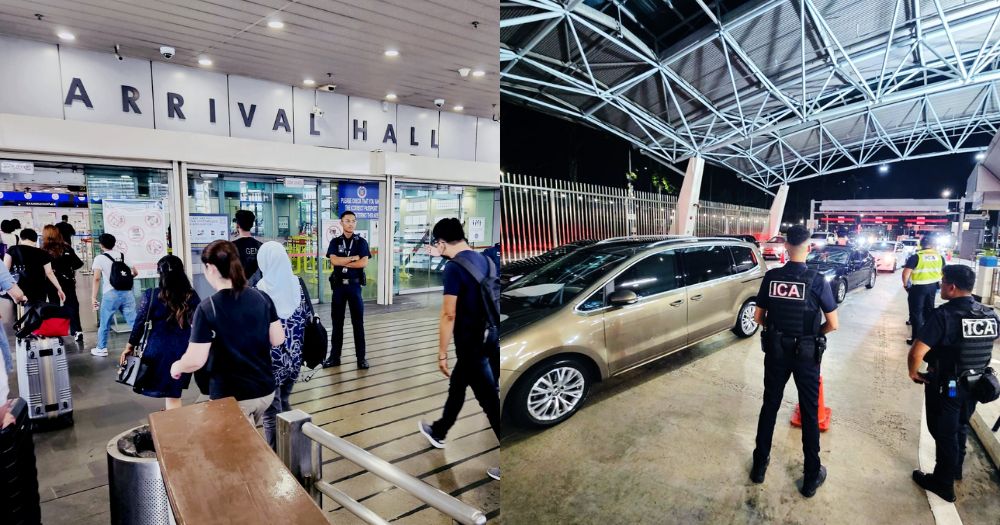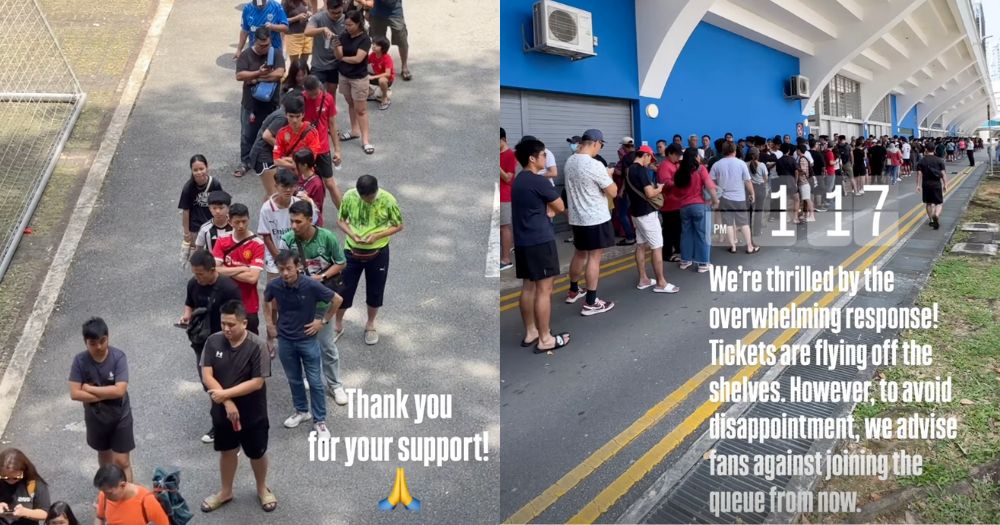Police officers undergo rigorous training for decision-making on using force for public safety: S'pore police
Officers undergo rigorous training in various use-of-force (UOF) options like taser and firearms.

On Nov. 8, 2024, a 42-year-old man was shot by a police officer in the arm for allegedly attacking officers with a homemade flamethrower at Pasir Ris Park.
In Singapore, police shootings are rare due to the almost non-existence of gun violence, but it does not mean that police officers who are equipped with firearms, mandated by law to use them, would not use them when necessary to protect public safety.
To ensure public safety, police officers are authorised to take decisive action, including using necessary force, to subdue individuals who pose an imminent threat to the public or to officers carrying out their duties.
However, to do so effectively, police officers go through rigorous training.
Use of force
The Singapore Police Force (SPF) invited Mothership and other media down to a training facility to showcase the training they provide police officers to aid them with their decision-making for using force in their day-to-day work.
Trainers said that in any situation, the safety of all individuals involved is the utmost priority.
The objective for officers is to resolve any situation with minimal harm to individuals and minimal damage to property while ensuring criminals are apprehended.
When force is required, they not only have to consider the proportionality of the response relative to the threat but also the safety of the public, their own safety, and the target on which force is to be applied.
Training
 Photo by Syahindah Ishak
Photo by Syahindah Ishak
Police officers are legally empowered to use a range of use-of-force (UOF) options in the discharge of their duties.
They undergo rigorous training from less-lethal methods, such as contact tactics, batons, and tasers, to lethal options, such as firearms.
The training in appropriate force options helps them deal with different scenarios, including dangerous encounters.
It helps them with the scenarios involving the protection of lives, the prevention of offences, or the arrest of suspects.
 Photo by Syahindah Ishak
Photo by Syahindah Ishak
The measures taught aim to de-escalate, contain, and resolve situations promptly and safely.
The training equips officers with the judgement necessary to safeguard public safety during day-to-day operations.
Use of taser
One training that police officers go through is how to use a taser effectively.
When a taser is deployed successfully, with both probes landing on the target, it can temporarily incapacitate the individual, providing officers with an opportunity to subdue them.
However, the effectiveness of a taser depends on factors such as the distance between the probes on the target, the physiological condition of the individual, and the degree of movement during deployment.
In dynamic situations where the officer or the individual is in motion, it can be challenging to ensure both probes embed securely, as they may miss or become dislodged.
Officers are trained to avoid situations that may lead to a potential fall hazard that could cause serious injury or death.
If the taser fails, officers are trained to utilise other force options, including the use of the baton or firearm, depending on their assessment of the situation.
 Photo by Syahindah Ishak
Photo by Syahindah Ishak
Use of firearms
In situations where there is an imminent threat of grievous hurt or death, officers are trained to take decisive action and deploy their firearms to stop the threat.
When using firearms, officers are instructed to aim for the centre mass of the target’s body where possible.
In dynamic situations, this offers a higher probability of hitting the person and also reduces the risk of stray bullets injuring bystanders.
Use of force cases are regularly reviewed, especially cases involving the use of firearms and tasers, to ensure that their use is in accordance with police doctrines and training.
Officers who are found negligent may be subject to criminal and/or civil liabilities.
UOF Training
 Photo by Syahindah Ishak
Photo by Syahindah Ishak
The SPF said they ensure that all police trainees are trained with the required skills and competencies to perform their duties effectively and safely.
For UOF training, a combination of classroom instruction, dry practices, scenario-based training (SBT), and simulation exercises are covered.
Serving officers also undergo continuous training and annual recertifications in firearms, tasers, and contact tactics to maintain and enhance their use of force skills throughout their careers.
"In basic training, officers are equipped to apply the use of force options appropriately across diverse situations. The curriculum reinforces learning with practical applications, using scenario-based simulations of actual policing situations," Commanding Officer of Basic Training School from Training Command, Superintendent of Police (SUPT) Nur Sharon Mohd Zani said.
"These practical exercises develop officers' decision-making skills and confidence in responding to various threats, thus ensuring public safety," she added.
Top photos by Syahindah Ishak
MORE STORIES




















